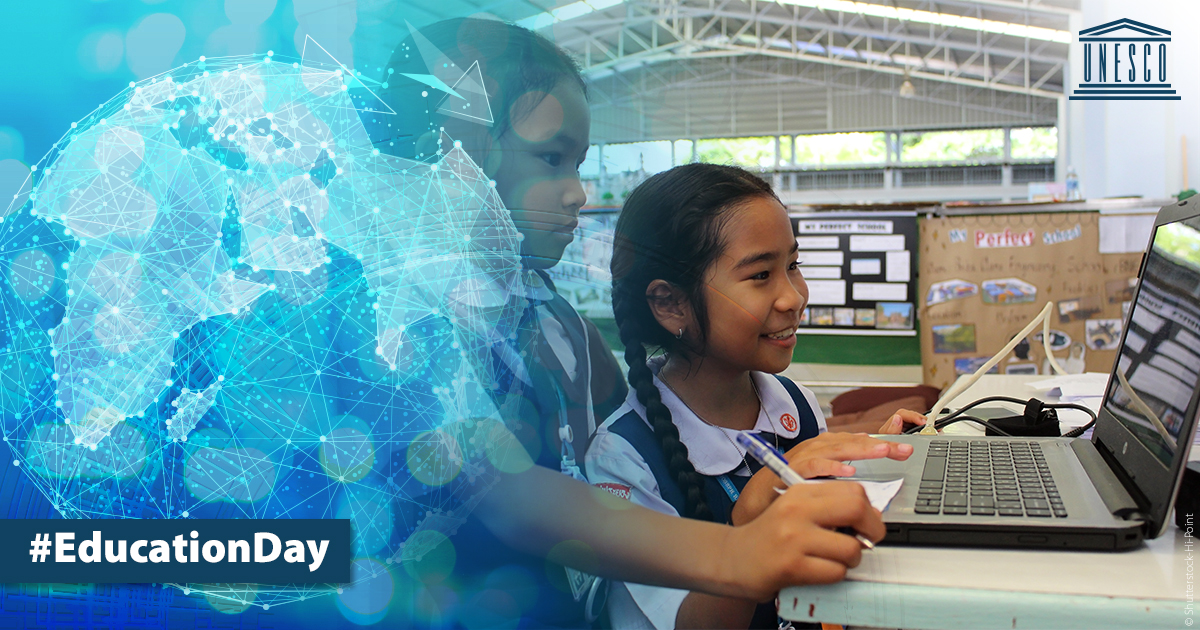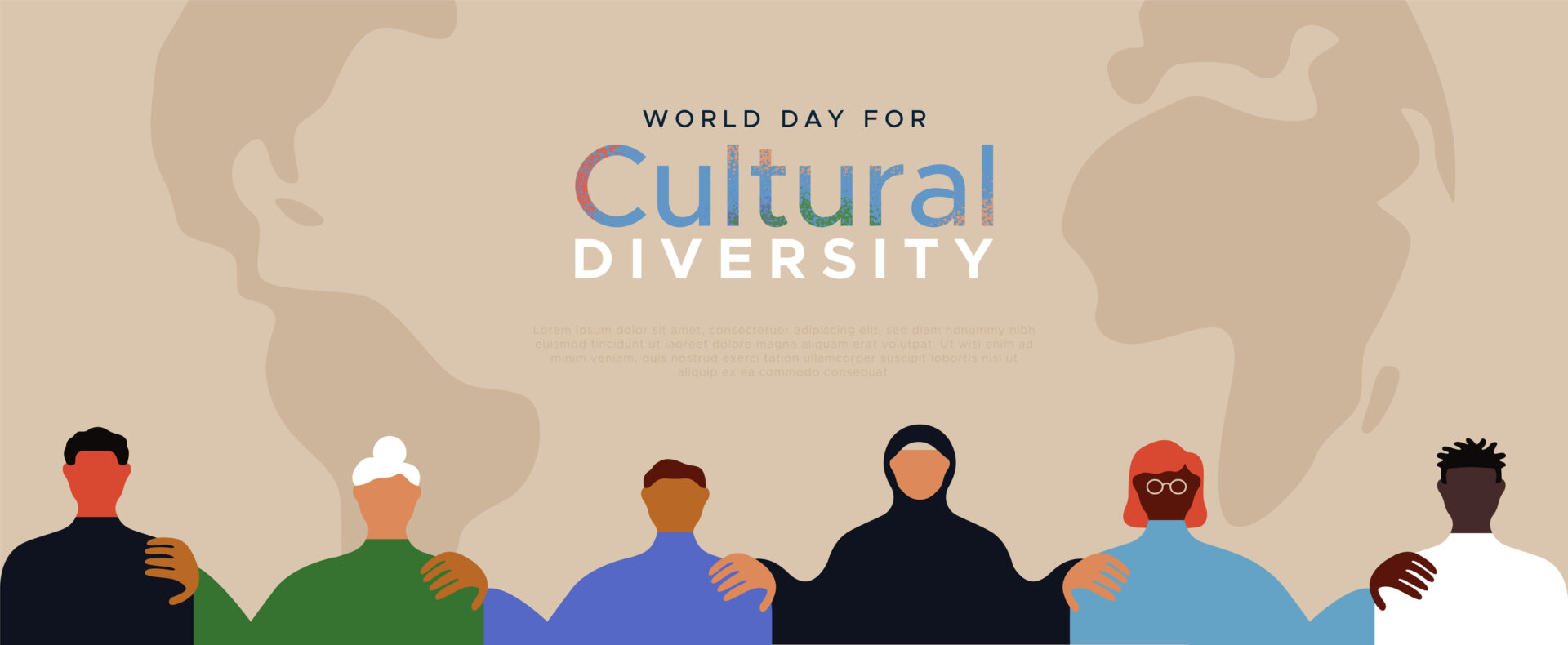Last Year, the United Nations Educational, Scientific, and Cultural Organization (UNESCO), launched its first annual International Day of Education. This year, UNESCO is hosting a symposium at its Paris headquarters. The discussion and content to take place will cover this year’s theme, “learning for people, planet, prosperity, and peace.” The theme focuses on the idea that education is our planet’s most valuable renewable resource. The UN is also hosting an International Day of Education celebration which will be held in New York. Continue reading for an outline of this day’s importance and developments in UNESCO’s mission to make education tangible to all.
For more information on this year’s theme, check out the UN’s video on sustainable development related to education here.
Generating Education
2020’s International Day of Education is a call to act in ways that cultivate education. Encouraging education and increasing accessibility can help to generate this resource. In our Giving Tuesday blog post we touched base on Girl Forward and Room to Read, just two of thousands of organizations working to increase children’s education locally and globally. With the work of these organizations and others, 91% of adolescents in developing countries are enrolled in primary school. UNESCO’s International Day of Education reminds us of the work still needs, despite the progress so far. At present, there are approximately 57 million children in developing countries, and 258 million globally, who don’t attend school.
Economic Development v.s. Educational Development
The two figures above are significant in that they show that developing countries are not the only areas of the world struggling to provide education to adolescents. Although education may be provided in developed counties, the quality and skill level of students is lacking. This is reflected in UNESCO’s data on the International Day of Education. and has been studied extensively by the Organization for Economic Co-Operation and Development (OECD). OECD assesses and works to solve social, economic, and environmental issues. The group found that 20 percent of individuals in developed countries who attended school graduated with skill levels less than appropriate to function in modern society. In students belonging to lower socioeconomic groups this percentage increased.
Higher Learning
International Day of Education provides a frame to discuss areas for improvement. Recent trends point to a decrease in college enrollment, primarily in the U.S. Drivers of this drop include high college tuition and the recent recession, as noted by NPR. Trends in countries outside the U.S. differ, showing an increase in tertiary education enrollment. This could be due to a greater number of local universities, decreasing the need to enroll in international education, and free or low-cost tuition. Perhaps tertiary education in the U.S. will be a focus for UNESCO’s International Day of Education in the future.







Leave A Comment